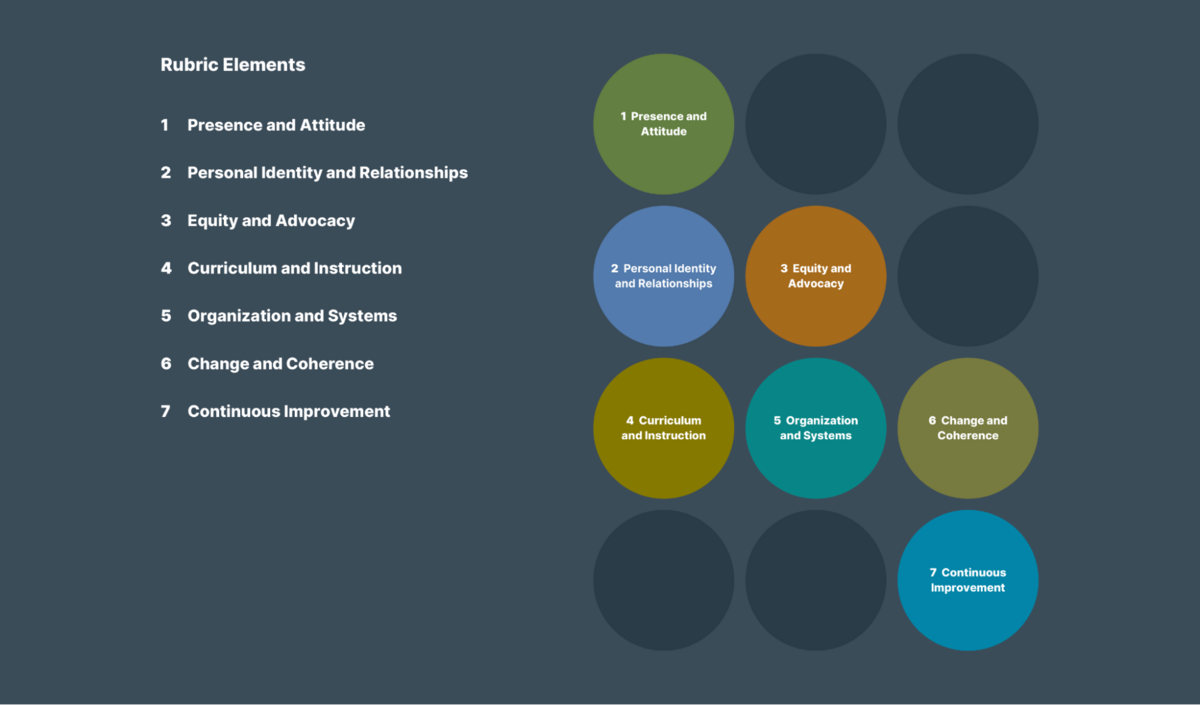Coming soon
Leadership Connection Rubric: Advancing Equity and Justice in Schools
As a key resource for the Principal Leadership Institute (PLI) and Leadership Support Program (LSP), the Leadership Connection Rubric (Second Edition) guides effective leadership preparation, induction, ongoing support, coaching, and supervision of school and district leaders. Since 2012, the Leadership Connection Rubric has been an invaluable resource for school leaders.
Leadership Programs is pleased to announce that a team led by PLI Director Soraya Sablo Sutton is developing the third edition of the Leadership Connection Rubric that seeks to better serve the needs of leaders given the current political climate.

